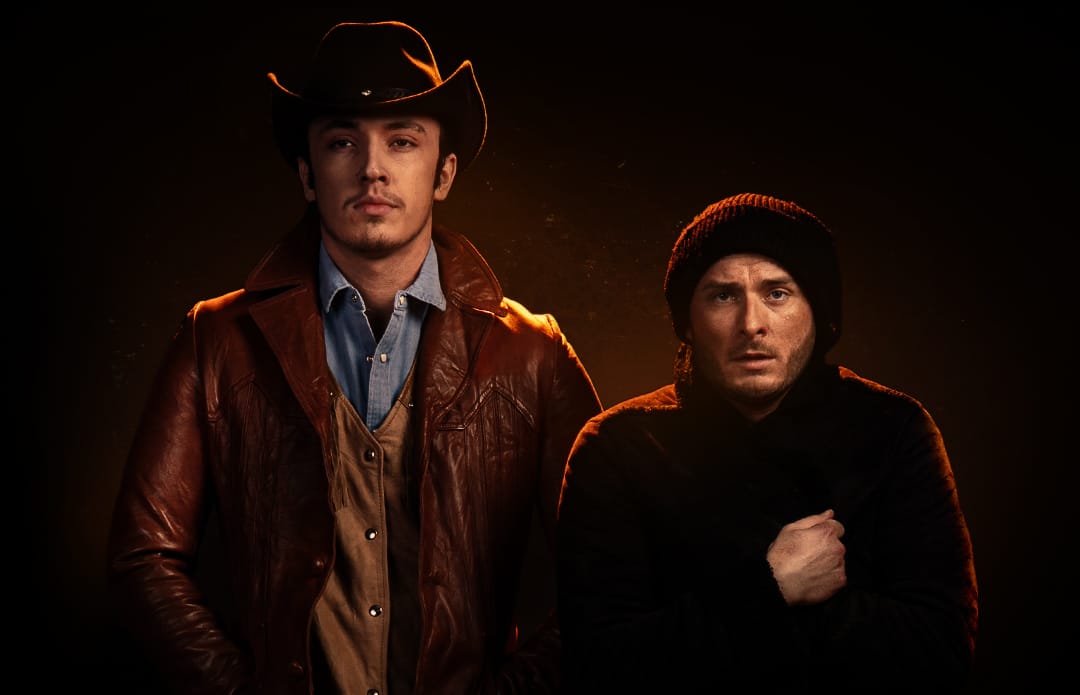Midnight Cowboy: The musical?
A stage adaptation of the original novel brings us a fresh perspective on the classic story of Joe and Ratso.

A stage adaptation of the original novel brings us a fresh perspective on the classic story of Joe and Ratso.
